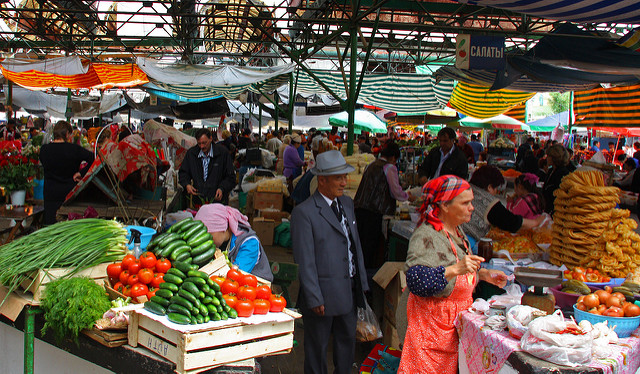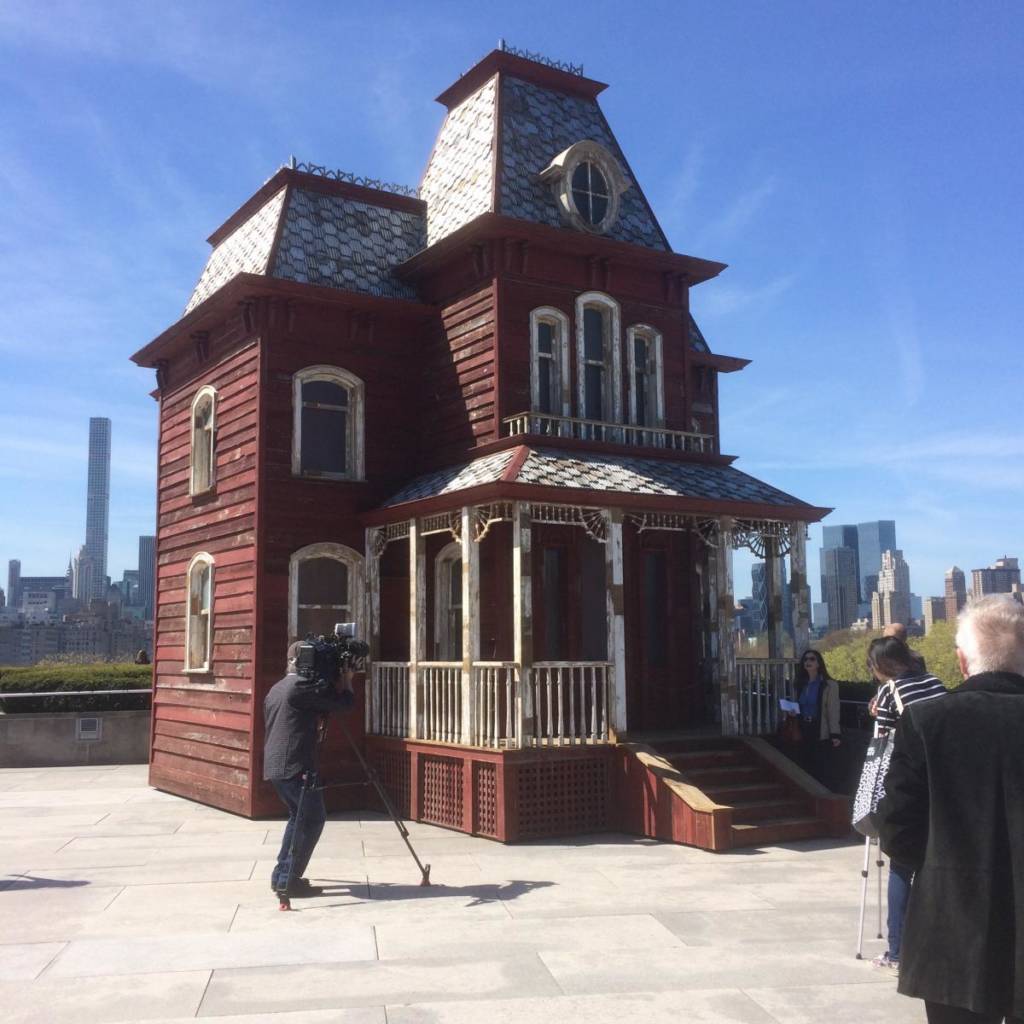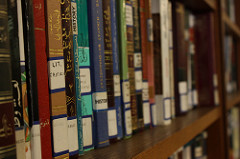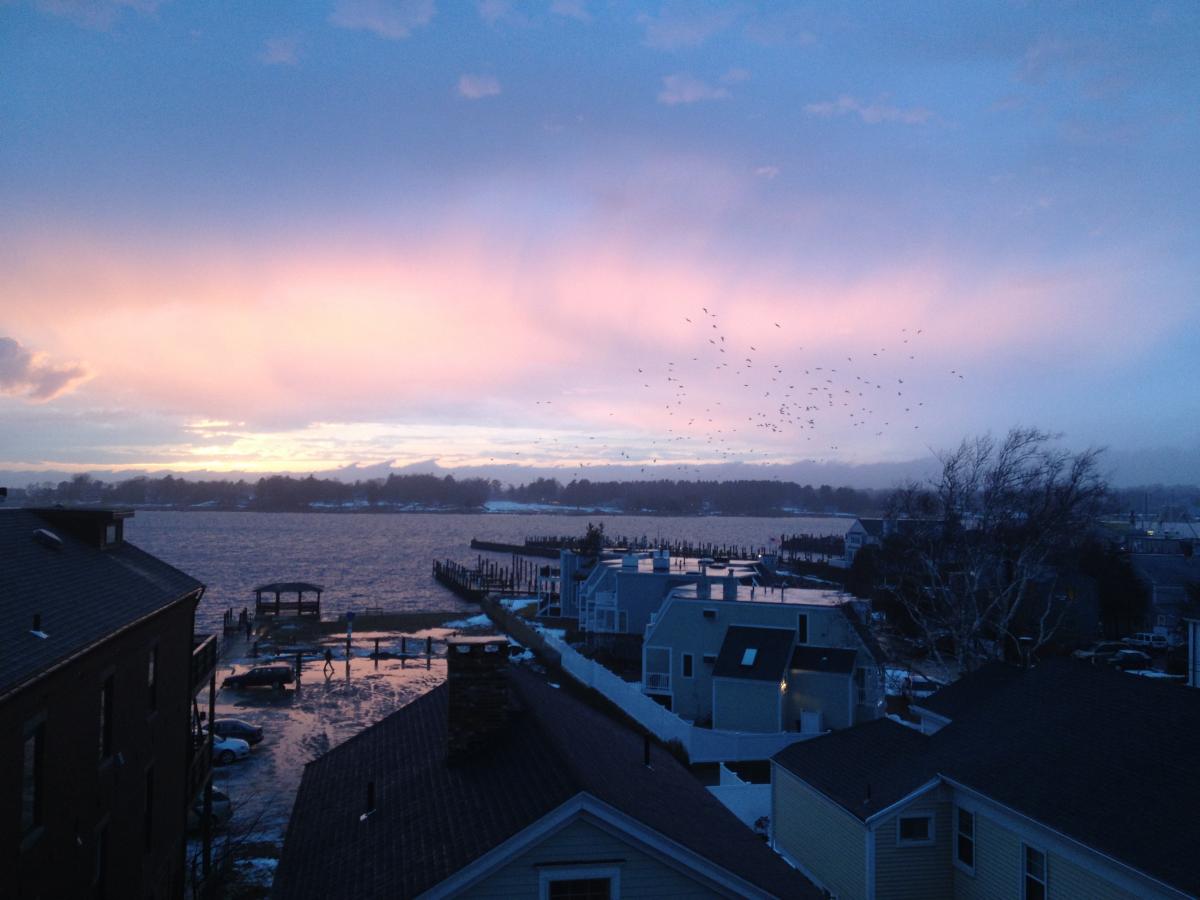This is a falling-out-of-love story and an old boyfriend story, though I was never in love with him, but that’s another story. I was in love with a place and an idea of where I could live that was incompatible with who I was becoming, though it took a long time for me to accept it.
The place was Maine, and the love wasn’t a mad passion but an achy, nostalgic, security-blanket attachment. I’d spent my early childhood summers on one of Maine’s most remote islands in the Penobscot Bay, and had idyllic memories of kerosene-lit cottages, beach-combing, berry-picking, and unsupervised roaming with other children for hours. The sight of granite cliffs, shingled houses, lobster boats, and pine trees brought forth a powerful rush of dopamine and nostalgia. When my family moved to Côte d’Ivoire, West Africa, we put island rocks in our sea freight. I reconnected with Maine after we returned to Washington, D.C. Once I started college, my parents moved overseas, and Maine became a touchstone, a place I returned to as often as possible, an imaginary home.






 107 Water Street, Stonington, CT
107 Water Street, Stonington, CT